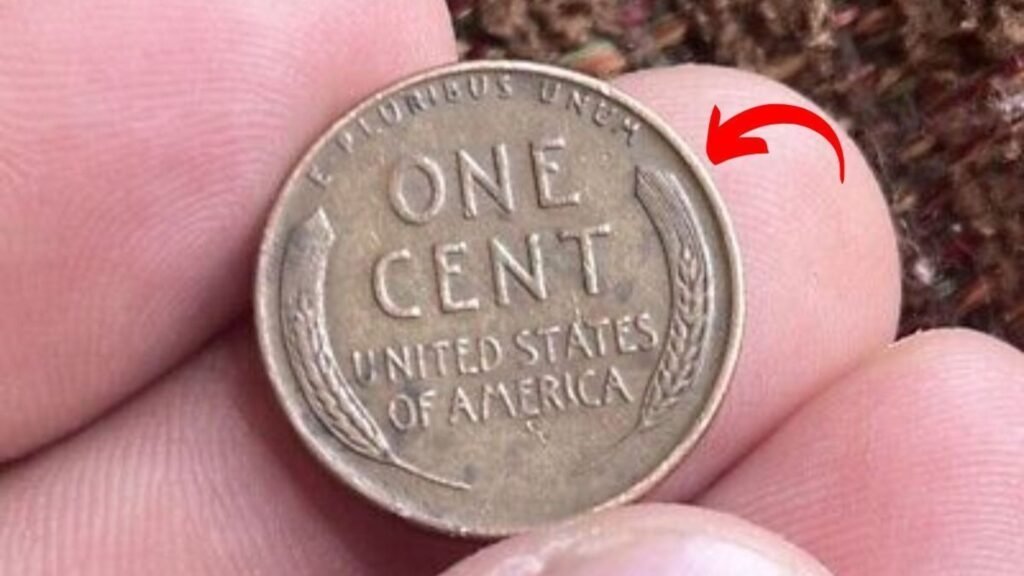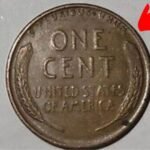Imagine fishing a penny from your pocket, glancing at it, and realizing it’s worth $60 million. Sounds like a fantasy, right? But rumors are swirling in the numismatic world about a Lincoln Wheat Penny so rare it could fetch this jaw-dropping price—and it might still be hiding in everyday circulation. This isn’t just a coin; it’s a piece of history that could turn spare change into a fortune. Let’s dive into the story of this elusive penny, why it’s so valuable, and how you might spot one.
What Is the Lincoln Wheat Penny?
The Lincoln Wheat Penny, often called the “Wheat Cent,” was minted from 1909 to 1958. Designed by Victor David Brenner to mark Abraham Lincoln’s 100th birthday, it was the first U.S. coin to feature a real person’s portrait. The obverse shows Lincoln’s profile, while the reverse boasts two wheat stalks, symbolizing prosperity. Most of these pennies are common, worth just a few cents. But a few ultra-rare versions, thanks to minting errors or unique circumstances, are worth millions.
The $60 Million Penny: Fact or Fiction?
Rumors of a $60 million Lincoln Wheat Penny have sparked excitement among collectors and casual coin hunters alike. While no penny has officially sold for this amount, the speculation stems from the coin’s potential rarity. Experts suggest it could be a one-of-a-kind minting error, an experimental prototype, or a coin struck with an unusual alloy. For comparison, a 1943 bronze Lincoln Wheat Penny sold for $1.7 million in 2010, and its value has since climbed to an estimated $2.3 million in mint condition. Could an even rarer variant exist, pushing the price to $60 million? It’s possible, though unconfirmed.
Why Is This Penny So Valuable?
The value of any coin hinges on rarity, condition, and historical significance. Here’s why this rumored penny could command such a price:
- Minting Errors: During World War II, the U.S. Mint switched to steel pennies to save copper for the war effort. A few 1943 pennies were mistakenly struck in bronze, creating one of the rarest coins in history. Only 10–20 are known to exist.
- Prototype or Unique Alloy: The $60 million penny might be an unreleased test coin or one made with a rare metal, making it a numismatic unicorn.
- Collector Demand: Elite collectors will pay astronomical sums for one-of-a-kind pieces, driving up prices.
- Perfect Condition: A coin in mint state (MS-70) could skyrocket in value, especially if it’s the only one of its kind.
Real-Life Treasure Hunts: Stories of Rare Finds
The idea of a million-dollar penny isn’t just a pipe dream—people have found valuable coins in unexpected places. In 2019, a Massachusetts teenager discovered a 1943 bronze penny in his lunch money. Initially thinking it was just an old coin, he later learned it was worth over $200,000 at auction. Another collector, Don Lutes, found a 1943 copper penny in his change in 1947. After his death, it sold for $204,000 in 2019, with proceeds donated to his local library. These stories prove that treasures can hide in plain sight.
How to Spot a Valuable Lincoln Wheat Penny
Think you might have a rare penny? Here’s a quick guide to check your change:
Key Dates to Look For
- 1943 Bronze Penny: Most 1943 pennies are steel. A bronze one is ultra-rare.
- 1909-S VDB: The first Wheat Penny, with the designer’s initials, is highly sought after.
- 1955 Doubled Die: A minting error causes doubled lettering, making these coins valuable.
Simple Tests
- Magnet Test: Steel pennies stick to magnets; bronze or copper ones don’t.
- Weight Check: Bronze pennies weigh about 3.11 grams, while steel ones are lighter.
- Condition: Look for crisp details and minimal wear. Never clean a coin—it can slash its value.
What to Do If You Find One
If you suspect you’ve got a rare penny, handle it by the edges and store it in a protective holder. Contact a professional grading service like PCGS or NGC for authentication. These experts can verify the coin’s authenticity and grade its condition, which is crucial for determining its value.
Why It Could Still Be in Circulation
You might wonder: how could a $60 million coin still be out there? The answer lies in human oversight. Many people don’t check their change closely, and rare coins can slip through unnoticed. Pennies often end up in jars, vending machines, or bank rolls. The U.S. Mint produces billions of pennies, and older ones, including Wheat Pennies, still circulate. A coin this valuable could be mistaken for a common cent, waiting to be discovered.
Expert Insights: What Numismatists Say
Raju Singh, a numismatics writer, emphasizes the thrill of the hunt: “Lincoln Wheat Pennies are more than money—they’re history. A rare find connects you to America’s past.” Coin expert Johnson, who specializes in high-value coins, advises, “Always check 1943 pennies with a magnet. A non-magnetic one could change your life.” These insights highlight why collectors are obsessed with Wheat Pennies.
The Bigger Picture: Why This Matters
Beyond the potential windfall, the $60 million Lincoln Wheat Penny represents a connection to history. Minted during times of war, depression, and progress, these coins tell America’s story. Finding one isn’t just about money—it’s about uncovering a piece of the past. As digital payments rise, physical coins like these remind us of a tangible link to our heritage.
Start Your Treasure Hunt Today
The next time you get change at the store, take a closer look. That unassuming penny might be the legendary $60 million Lincoln Wheat Penny. Check the date, test it with a magnet, and keep it safe. Whether you’re a seasoned collector or just curious, the thrill of the hunt is open to everyone. Who knows? Your pocket change could hold a fortune.



